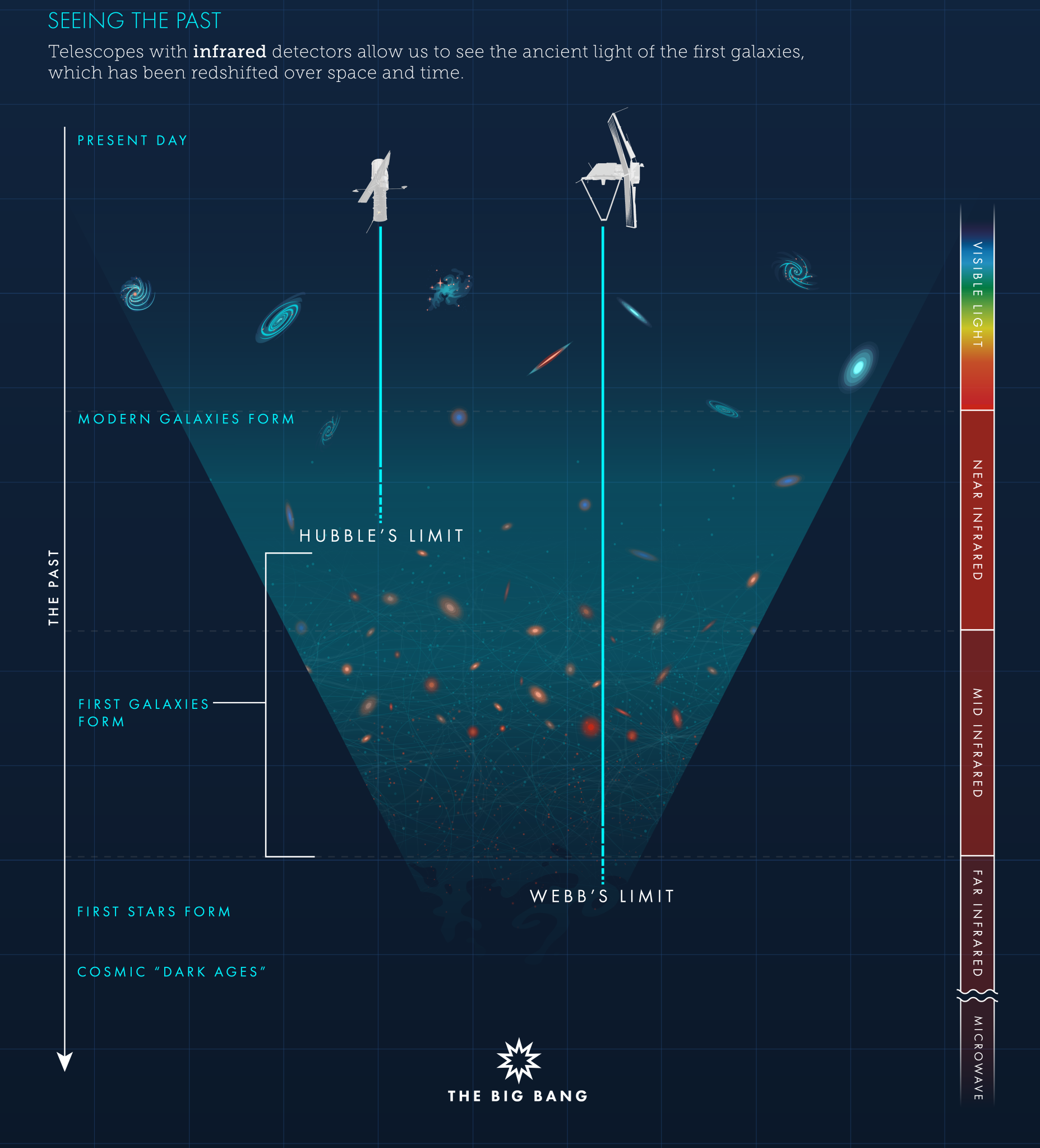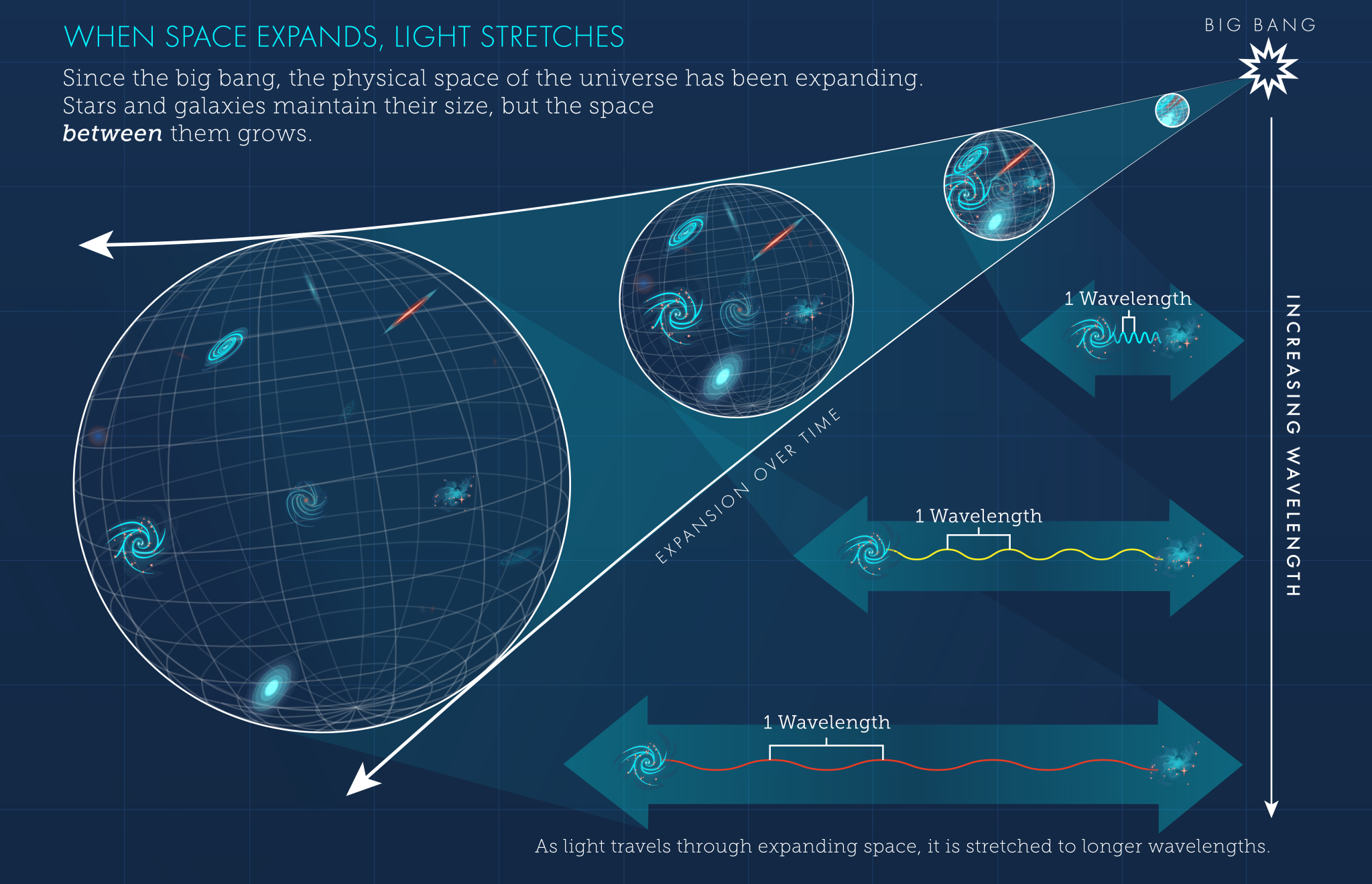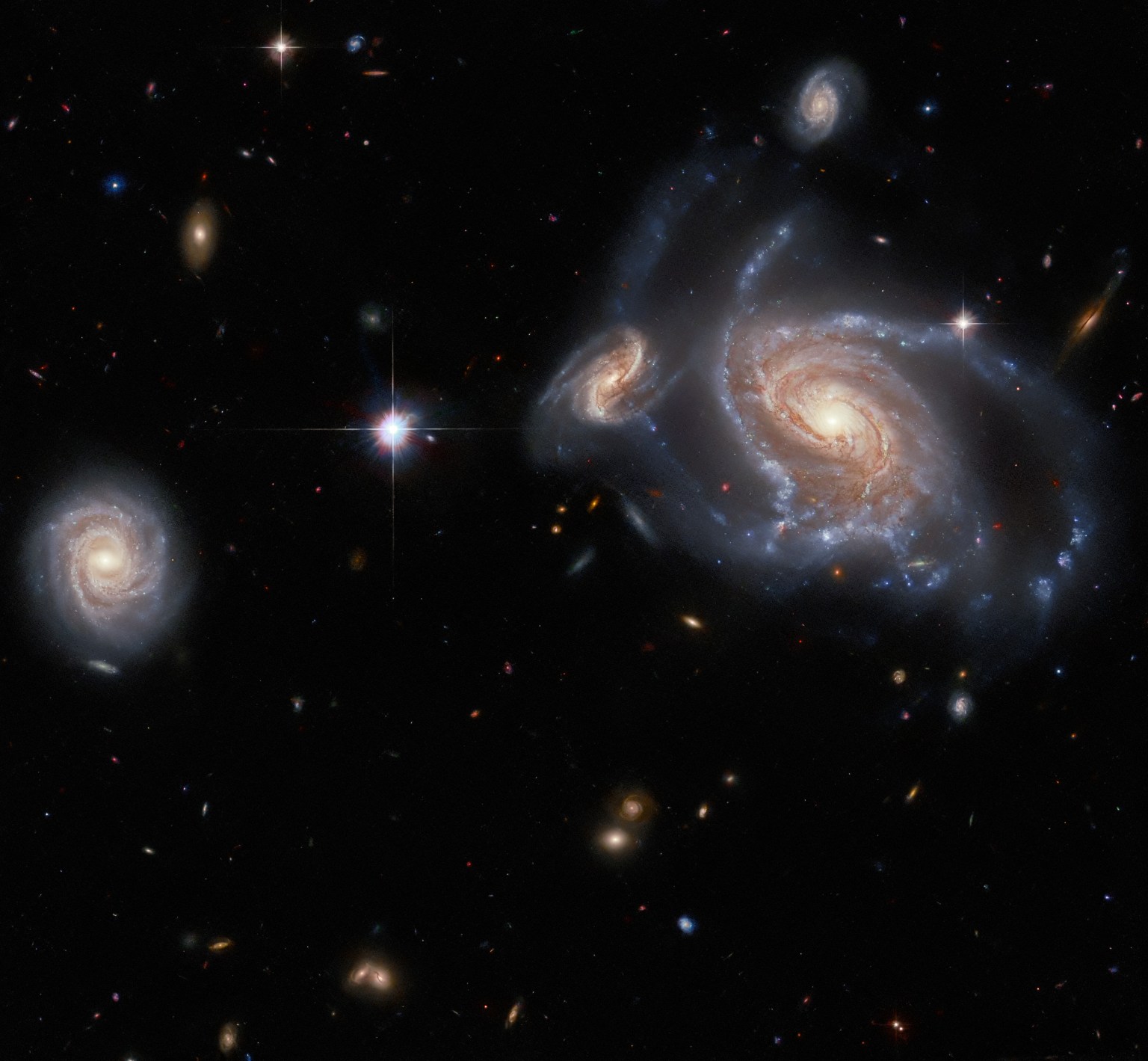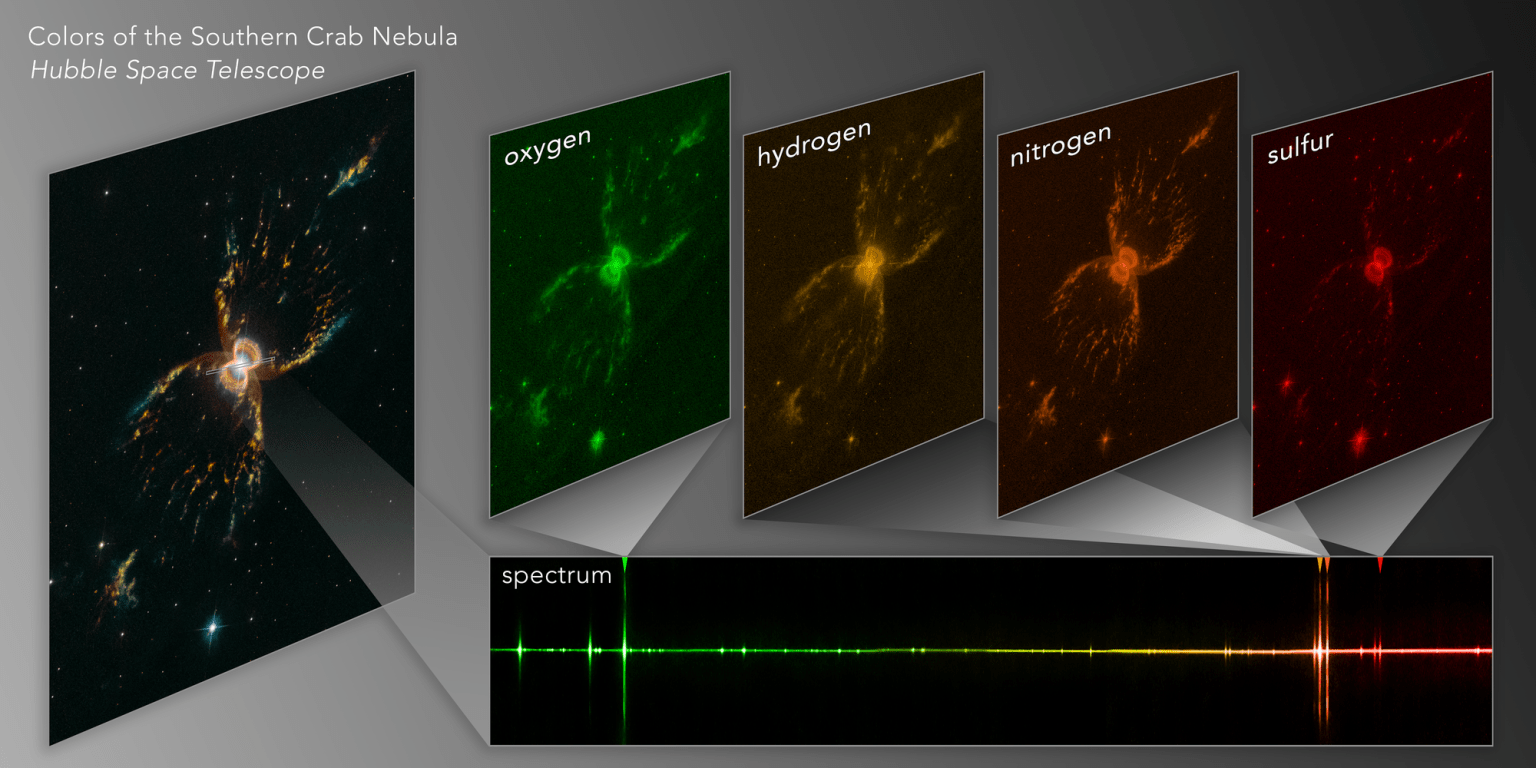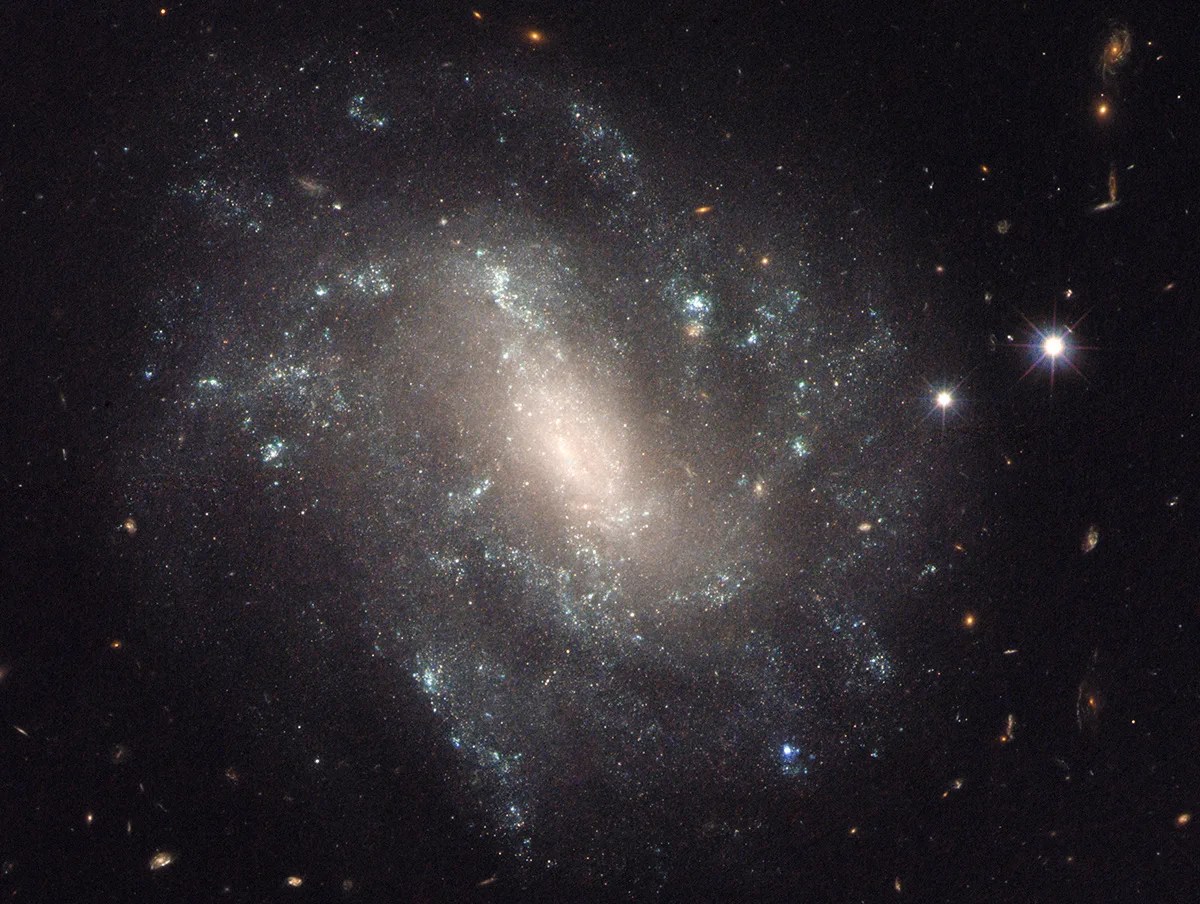About 13.8 billion years ago, our universe began with the big bang; but this initial, rapid expansion started to slow down almost instantaneously due to gravity. However, our universe’s expansion rate began accelerating roughly five billion years ago due to a force called dark energy.
Evidence of this expansion comes from observing the spectrum of colors emitted by galaxies. As space expands, galaxies move farther away from each other, and their light elongates while becoming a redder color. This phenomenon is called cosmological redshift.
Many astronomers explored the idea of an expanding universe in the 1920s, though it was Edwin Hubble who first found observational proof that the clouds of dust that most scientists thought of as “nebulae” were independent galaxies. Additionally, he realized that not only were these galaxies far beyond the Milky Way, but that they are moving away from us as well.
Hubble confirmed this recession using spectroscopy to examine the galaxies’ light. For distant galaxies, their light shifted towards the redder end of the electromagnetic spectrum. Light waves in this region have longer wavelengths, which correspond to the color red in visible light. The universe must be expanding for light traveling across space to stretch to such long, reddish wavelengths.
He also saw that the farther away a galaxy is, the more prominent its “redshift” is. In other words, the most distant of galaxies are moving away the quickest. The relationship between a galaxy’s distance and the speed at which it recesses became known as Hubble’s Law.
Measuring the Expanding Universe with Hubble
Astronomers use cosmological redshift to determine the distance of faraway objects as well as how fast they are receding. Although the longest visible wavelength is red, light can extend even further into the infrared zone and beyond. At this point, it becomes difficult to make optical observations alone.
The Hubble Space Telescope was constructed to be able to see a wide range of wavelengths across the electromagnetic spectrum. Built with detectors sensitive to ultraviolet, visible, and infrared light, Hubble can peer across space and time to detect remote galaxies. As the first telescope to reach this level of resolution, Hubble had the ability to scale great distances and measure the expansion rate of the universe.
Edwin Hubble’s observations showed the expansion of our universe, while the Hubble Space Telescope vastly improved the precision of measurements of the rate of its expansion, and related conclusions about its age. Astronomers use Hubble today to further refine these measurements, which are helping astronomers characterize the dark energy that seems to be accelerating the universe's current expansion.
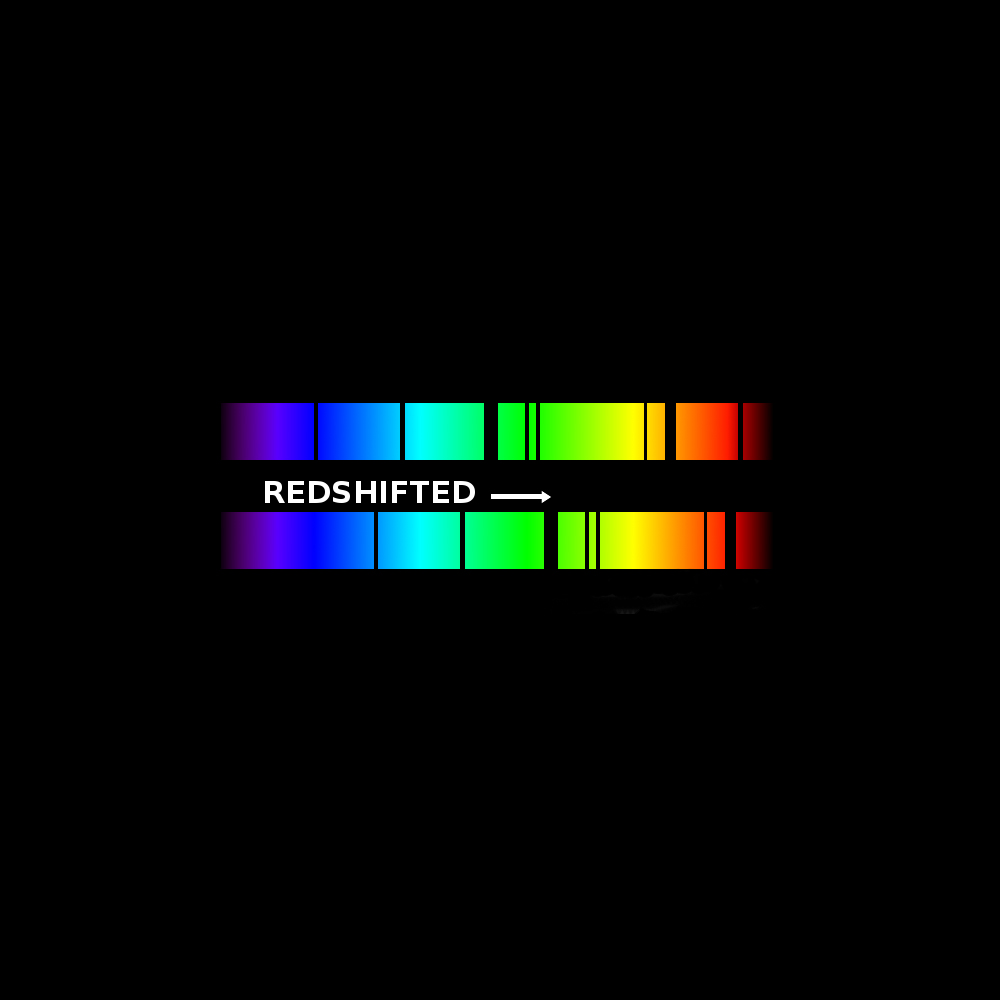
A Window into the Past
Since space and time are interlinked, distant objects with increasing redshift are further back in time because it takes their light so long to reach us. Along with measuring the expansion of the universe, Hubble can employ its infrared detectors to receive light from early galaxies billions of years ago.
Scientists believe that the first galaxies from long ago may be structurally different from the modern galaxies we observe nearby. Hubble can just graze the light of the earliest galaxies, giving a peek into the period that followed shortly after the big bang.
The James Webb Space Telescope's infrared vision extends Hubble’s reach into the past, giving scientists a chance to re-examine ancient galaxies, as well as probe for even older ones deeper in time.
